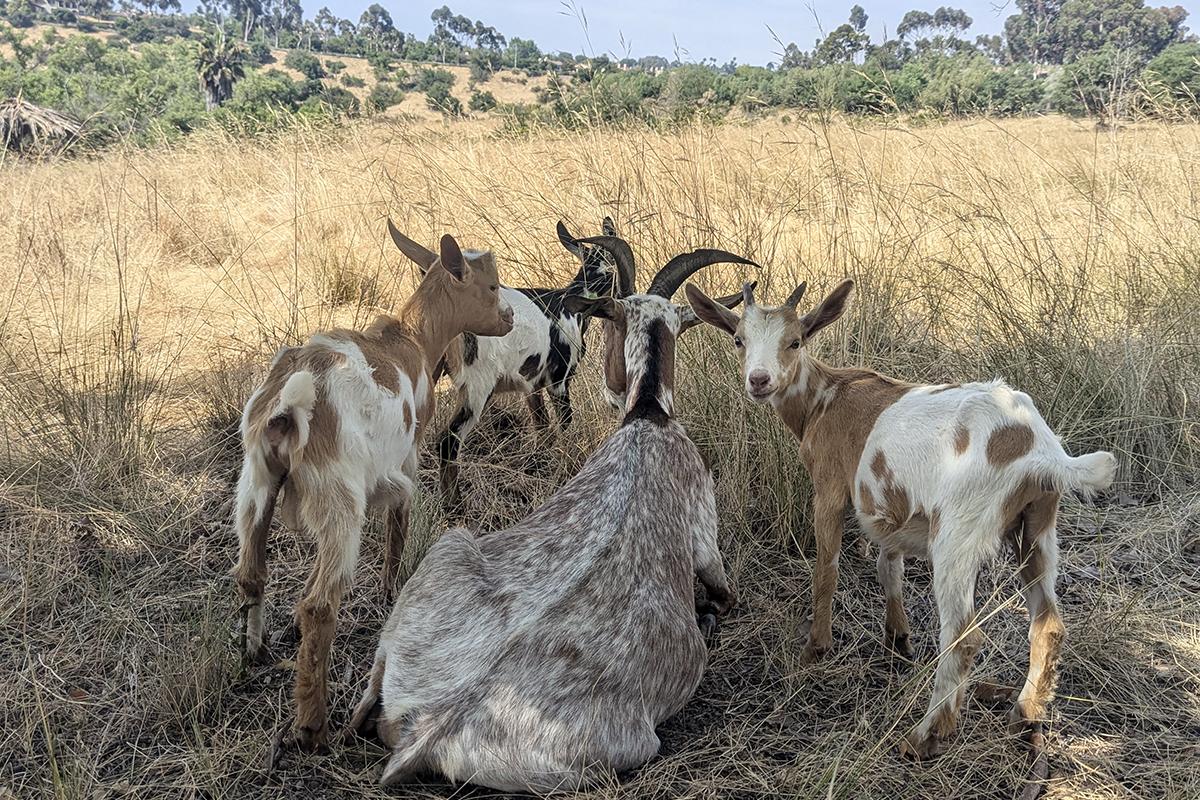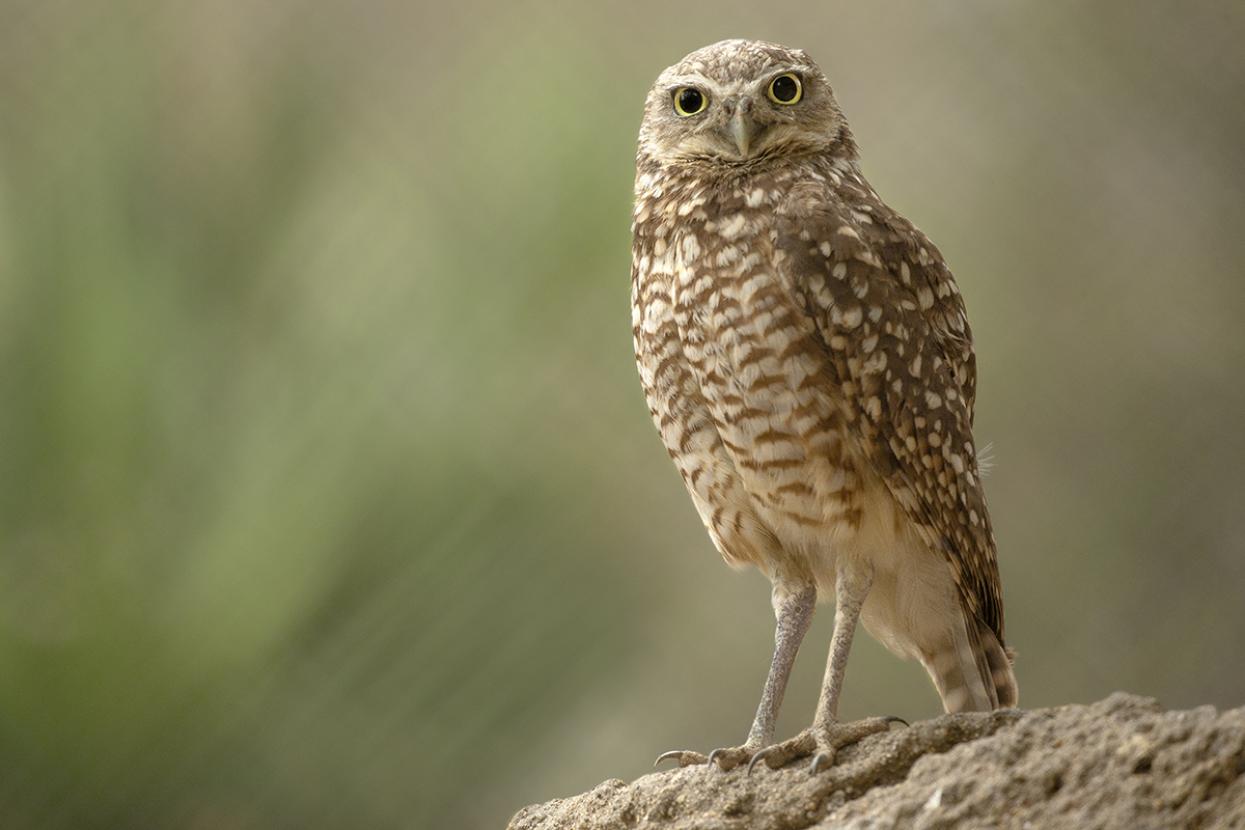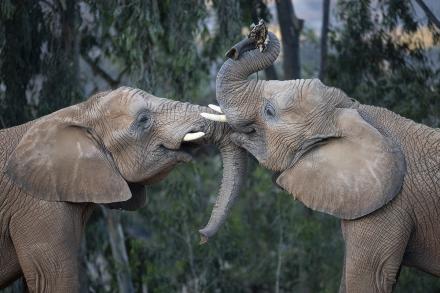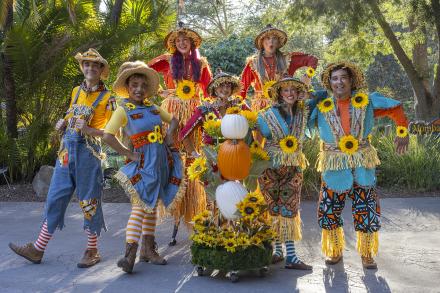
Loss, fragmentation, and degradation of habitat are some of the biggest threats to wildlife today. Grasslands are among the most endangered ecosystems globally, yet they provide essential biodiversity and ecosystem services, such as carbon storage, water filtration, and erosion control. In California, grasslands have been significantly degraded by urban development, invasive species, and the loss of native grazers. Today, these ecosystems are dominated by non-native grasses and forbs (herbaceous, non-flowering plants), which increase wildfire risk and require intensive management to maintain as wildlife habitat.
Grazing by livestock, both large (cattle) and small (sheep and goats), is a promising tool for managing grasslands. Properly managed grazing can reduce invasive plant coverage, change vegetation structure, benefit native species, and decrease fuels that contribute to wildfires. However, the effectiveness of grazing likely depends on environmental factors, grazer type, and timing and intensity of grazing.
We are collaborating with range scientists from the University of California, Berkeley, and partners from local, state, and federal agencies, and other non-governmental organizations to evaluate grazing’s ability to meet dual objectives: reducing wildfire risk and enhancing habitat for key grassland species.
Our proposed research focuses on two grassland indicator species in the Southwest Conservation Hub: the western burrowing owl Athene cunicularia hypugaea and the California ground squirrel Otospermophilus beecheyi. These species are considered indicators of grassland ecosystem health as their habitat requirements—such as low-stature vegetation, bare ground, and burrow complexes—support higher biodiversity. For example, burrowing owls depend on open grasslands for nesting and hunting while ground squirrels play a role in soil aeration and burrow construction for owls and other species, and serve as prey for predators. These habitat requirements also align with fuel management targets to reduce the risk of wildfire spread.
Our research could have significant implications for conservation and wildfire
management in California’s grasslands. It will provide a framework for using grazing as a cost-effective tool to manage over 10 million acres of grasslands and 63 million acres of rangelands statewide. The findings will inform land managers, municipalities, fire agencies, and conservation organizations on best practices for integrating grazing into regional management plans.
Additionally, our project builds alliances and fosters collaboration among academic institutions, conservation groups, land managers, ranchers, and policymakers. Importantly, because ranching as a livelihood faces mounting challenges, our research highlights grazing as an economic opportunity for livestock producers while promoting sustainable land use practices.

Burrowing owls depend on open grasslands for nesting and hunting.
California’s grasslands face escalating threats from invasive species, habitat
fragmentation, and wildfires. This collaborative study underscores the potential of grazing as a scalable solution to balance ecological restoration with fire risk reduction. By focusing on indicator species like burrowing owls and ground squirrels, it aims to create healthier ecosystems that benefit both wildlife and human communities. The results could serve as a model for grassland conservation efforts across the state and beyond.



